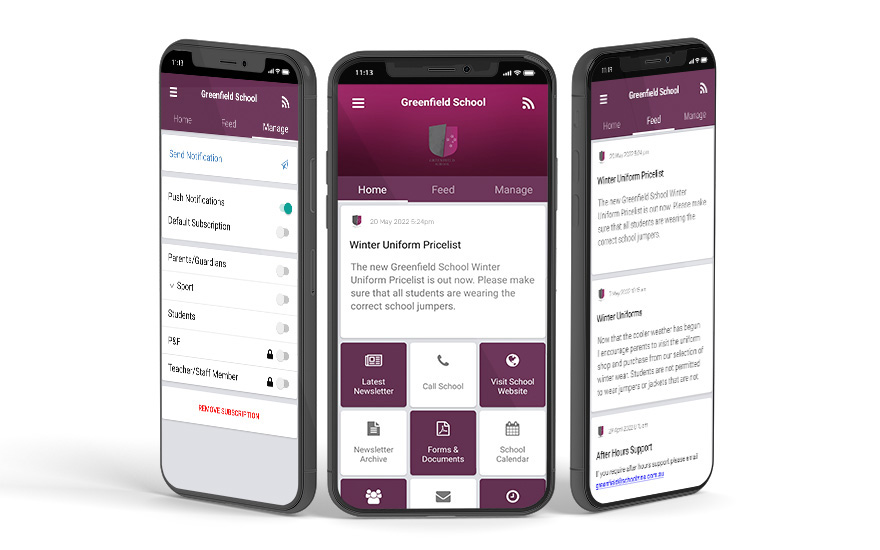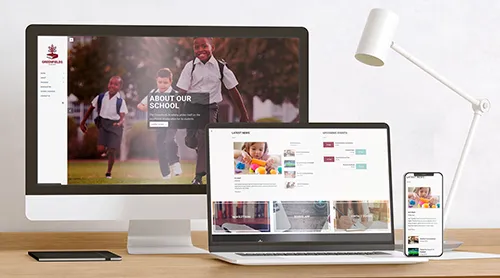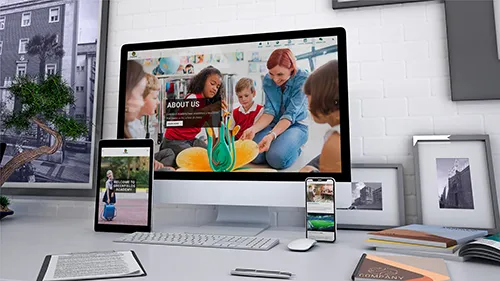How to Design an Effective Website Menu for a School
Designing a school website menu that effectively serves all stakeholders requires careful consideration of the needs and preferences of different user groups. This guide will take you through a collaborative workshop-style approach to ensure your website menu is intuitive, user-friendly, and meets the needs of staff, students, parents, prospective staff, and community members.
Activity 1: Identify Your User Groups
Start by gathering a diverse team that represents each of the primary user groups:
- Staff Members
- Students
- Parents
- Prospective Staff
- Community Members
Ask yourself and your team the following questions and make a ranked list in order:
- Who are the primary users of our website?
- What information or services are they most likely to seek?
Activity 2: Understand User Needs Through Questions
Facilitate a discussion or activity with representatives from each user group to explore their needs. Here are some example questions to guide the conversation:
- Staff Members: What resources do you access most frequently? Are there internal systems or communication tools you need quick access to?
- Students: What do you use the website for? How often do you check the tuckshop menu, key events, or important dates? Do you access the LMS externally?
- Parents: What information is critical for you? How do you prefer to communicate with the school and track your child’s progress?
- Prospective Staff: What would you want to know about the school when considering a job? Where would you expect to find career opportunities?
- Community Members: What draws you to the school’s website? Are you looking for event information, news, or ways to get involved?
Activity 3: Group Similar Needs Together
Once you have gathered insights, work together to categorize the information and services into logical groups. This process should be collaborative, allowing each user group to provide input on where they think specific items should be located.
Possible categories might include:
- About Us / Home / Our School / Our College
- Enrolment Info
- Student Life/For Students
- Parent Resources
- Teaching & Learning / Staff Resources
- Community Engagement
- News and Events
- Admissions
Encourage the team to think about how these categories might overlap or require distinct sections for different users.
Activity 4: Create Draft Menu Structures
Based on the insights gathered, create draft menu structures. Encourage participants to suggest where specific items should be placed and how they can be labeled for clarity. Consider the following:
- Use clear, intuitive labels that are easy for all users to understand.
- Group related items together to minimize the number of clicks needed to find important information.
- Consider the user journey: How many steps does it take for each user to reach their desired destination?
Encourage each group to draft their ideal menu structure, then come together to discuss and refine these ideas.
Activity 5: Test and Refine Your Menu
Once you have a draft menu, it’s time to test it. You can do this by creating a mockup of the website with the proposed menu structure and asking users from each group to navigate it.
Key questions to ask during testing include:
- Can users find the information they need quickly and easily?
- Are there any labels or sections that are confusing?
- Does the menu work well across different devices, including mobile?
Gather feedback and iterate on the menu design as needed.
Activity 6: Final Checks
Are you missing anything critical that’s on your current site? Are there similar sites to your school website which have links that you don’t. Keep in mind not many schools have gone through these activities and may have a less refined structure then yours, however its good to compare.
Final Thoughts
Designing a website menu through a workshop approach empowers all user groups to contribute, ensuring that the final product meets the diverse needs of a school community. By asking the right questions, grouping needs logically, and involving users in the testing and refinement process, you can create a menu that serves everyone effectively.






